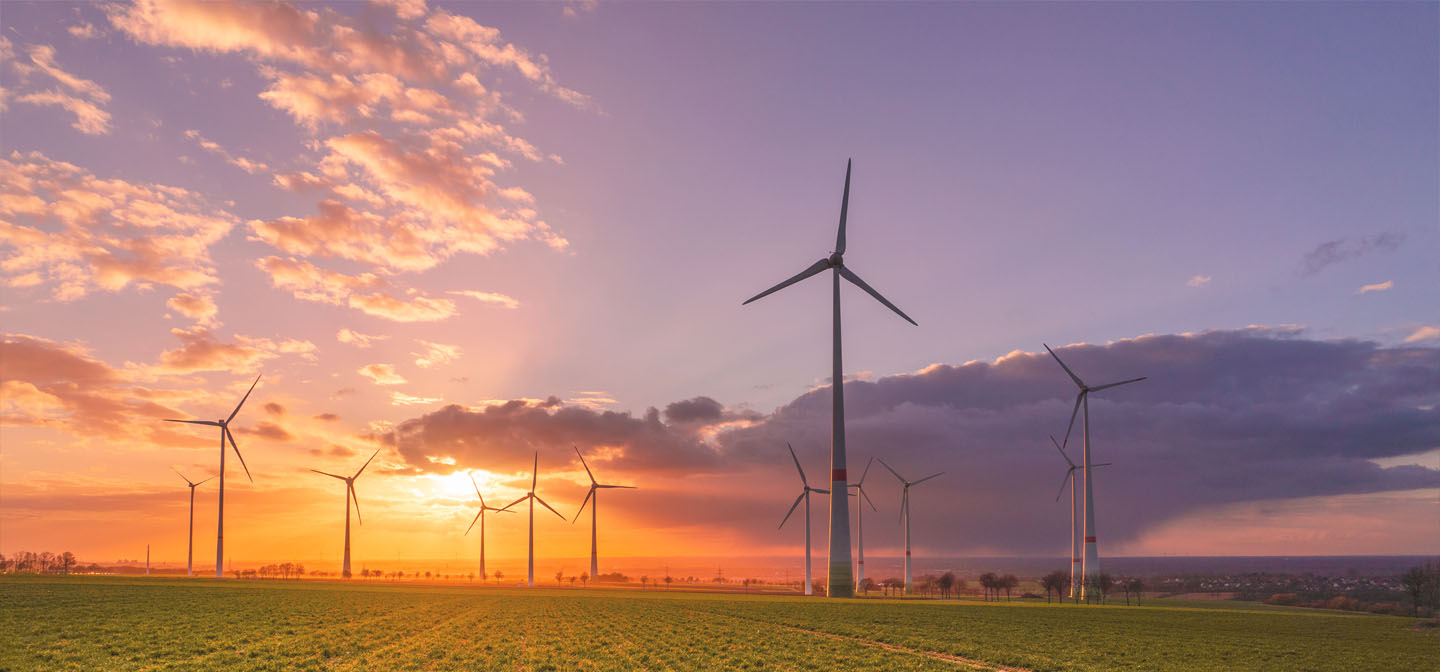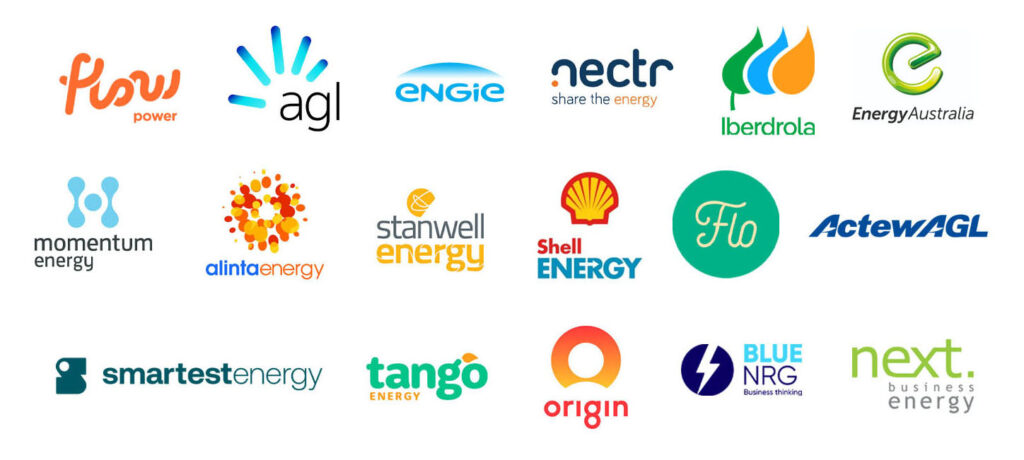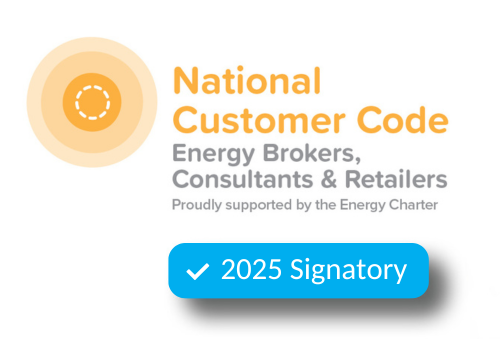
Australia’s most respected scientific body – The Commonwealth Scientific and Industrial Research Organisation (CSIRO) – has stated that renewable energy is much cheaper than any nuclear option.
The latest GenCost report by CSIRO, in conjunction with the Australian Energy Market Operator (AEMO), reaffirms that integrated renewable energy is by far the cheapest and most viable option for Australia.
In stark contrast, nuclear power – whether large-scale or via Small Modular Reactors (SMRs) – is proving to be prohibitively expensive and impractically slow to implement.
CSIRO’s Consistent Findings
The GenCost report has been a fixture in the Australian energy debate since its inception in 2018 under the Coalition government. The findings have been consistent year after year.
If anything, the gap between the costs of renewables and nuclear power has only widened.
This year’s final report leaves no room for ambiguity: Nuclear power remains the costliest option, and its implementation timeline is entirely incompatible with Australia’s urgent climate goals.
Renewables: The undisputed leader
Cost Efficiency
The CSIRO’s latest findings highlight that wind and solar remain the most cost-effective energy sources, even when accounting for integration and transmission costs.
The draft report from late last year indicated that the cost of renewable integration for an 80% renewable grid by 2030 would be less than $100/MWh.
Current estimates put the cost for a similar grid in 2023 at approximately $120/MWh.
Falling Costs
Solar costs continue to fall, while wind energy’s expected cost reduction has been delayed until the mid-2030s due to post-pandemic economic shifts.
This trend underscores renewables’ financial viability and critical role in Australia’s energy future.
Nuclear: An Expensive Proposition
High Costs and Delays
The nuclear option, fervently championed by new Coalition leader Peter Dutton and his energy spokesman Ted O’Brien, is plagued by financial and logistical challenges.
The CSIRO’s GenCost report makes it clear that SMRs are neither cost-effective nor timely despite the fervent support from right-wing media and think tanks.
The NuScale project in the U.S., the only SMR nearing construction, was abandoned due to escalating costs and lost customer support.
The estimated costs for SMRs range from $294/MWh to $764/MWh, making them up to nine times more expensive than firmed large-scale wind and solar.
Large-Scale Nuclear: Still Unviable
Even large-scale nuclear, which is slightly less expensive than SMRs, remains a costly and impractical solution.
CSIRO’s report estimates these projects would still cost at least twice as much as integrated renewables and would not be feasible before 2040, even if a commitment were made today.
This timeline starkly contrasts with Australia’s renewable energy transition, which aims for an 82% renewable share by 2030 and near-total renewable penetration by 2040.
Integration Costs and Practical Challenges
Reserve Capacity
One of the often overlooked challenges with nuclear energy is the need for significant reserve capacity.
Large-scale nuclear units typically range from 1 GW to 1.4 GW, much larger than any coal unit currently operating in Australia.
This scale necessitates additional reserve capacity to cover potential outages or maintenance, significantly increasing overall costs.
For instance, the UK’s Hinkley C nuclear plant requires an extra $12 billion in reserve capacity on top of its already inflated costs, which are approaching $92 billion.
Grid Flexibility
Moreover, nuclear power’s “always on” business model is ill-suited to a future grid dominated by flexible renewable sources.
The future energy grid will need adaptable capacity to support intermittent sources like wind and solar, not redundant baseload power that nuclear plants provide.
Industry Reactions and Political Implications
Scepticism and Support
Despite the compelling data, the nuclear lobby and its political allies have launched concerted efforts to discredit the CSIRO’s findings.
Their frustration is palpable, particularly over SMR costings based on real-world projects like NuScale.
They advocate for accepting unverified cost projections from SMR proponents, which remain speculative at best.
Political Stance
Federal Energy Minister Chris Bowen has been unequivocal in his support for renewables, citing the GenCost report as a validation of the Labor government’s renewable-focused policies.
Bowen pointed out that the Coalition’s strategy of relying on ageing coal plants until nuclear could be operational by the 2040s is financially risky and environmentally untenable.
He highlighted that Australia’s unparalleled solar resources present a unique opportunity to lead in renewable energy.
A Clear Path Forward
CSIRO’s Comprehensive Assessment
The GenCost report is the most thorough analysis of generation costs in Australia. CSIRO has gone to great lengths to respond to critiques from the nuclear lobby, including estimating costs for large-scale nuclear projects and integrating feedback on renewable integration costs.
The comprehensive nature of this report solidifies its position as an authoritative source in the ongoing energy debate.
Future Outlook
As Australia moves towards its ambitious renewable energy goals, the CSIRO’s findings provide a clear directive: Renewables are the cheapest and timeliest solution for Australia’s energy needs.
The transition to a predominantly renewable energy grid by 2030 is not just a target but an achievable reality, underscored by falling costs and increasing efficiency in renewable technologies.
Renewables have unmatched cost-effectiveness and rapid deployment potential
The Australian energy market stands at a critical juncture, with the GenCost report outlining the path forward.
With its unmatched cost-effectiveness and rapid deployment potential, renewable energy is set to dominate Australia’s energy landscape.
Nuclear power, despite the political and ideological push from certain quarters, remains an impractical and exorbitant option.
As the country strives to meet its climate targets and secure its energy future, CSIRO says the choice is clear: Invest in renewables and reap the benefits of a cleaner, cheaper, and more sustainable energy system.
Australia continues to march towards its emissions reduction goals, and with CSIRO’s findings underscoring the advantages of investing in renewables, it may be time for your business to look into integrating renewables into your commercial or industrial property.
As an energy management consultancy for businesses, Leading Edge Energy can aid you in determining if your business is primed for solar energy. Our primary mandate is to help large electricity and natural gas consumers become more energy efficient, reduce costs, and even reduce emissions by switching to solar and battery solutions. We’ll be your partner in finding the most sustainable energy solutions for your business.
To learn more about the opportunities available for your business, contact our energy brokers at 1300-852-770 or info@leadingedgeenergy.com.au.
For an obligation-free consultation, you can Get Started Here.
We source, analyse, compare and rank commercial, industrial and multisite energy quotes. Obligation Free.
Chat with one of our experienced consultants today and get the insights your business needs to help manage the risks associated with volatile electricity and natural gas markets. Our energy procurement service is obligation-free and provides a time-saving way of securing lower energy rates from our panel of energy retailers.

Get advice from our Energy Management Consultants

Krystle Will
Energy Management Consultant
Get in Touch
Feel free to call or e-mail us. Or just fill in the form below and we’ll contact you for an obligation-free discussion.
Are you ready to save on business energy costs?
Get Started
Leading Edge Energy is proud to be a signatory of the National Customer Code for Energy Brokers, Consultants and Retailers.